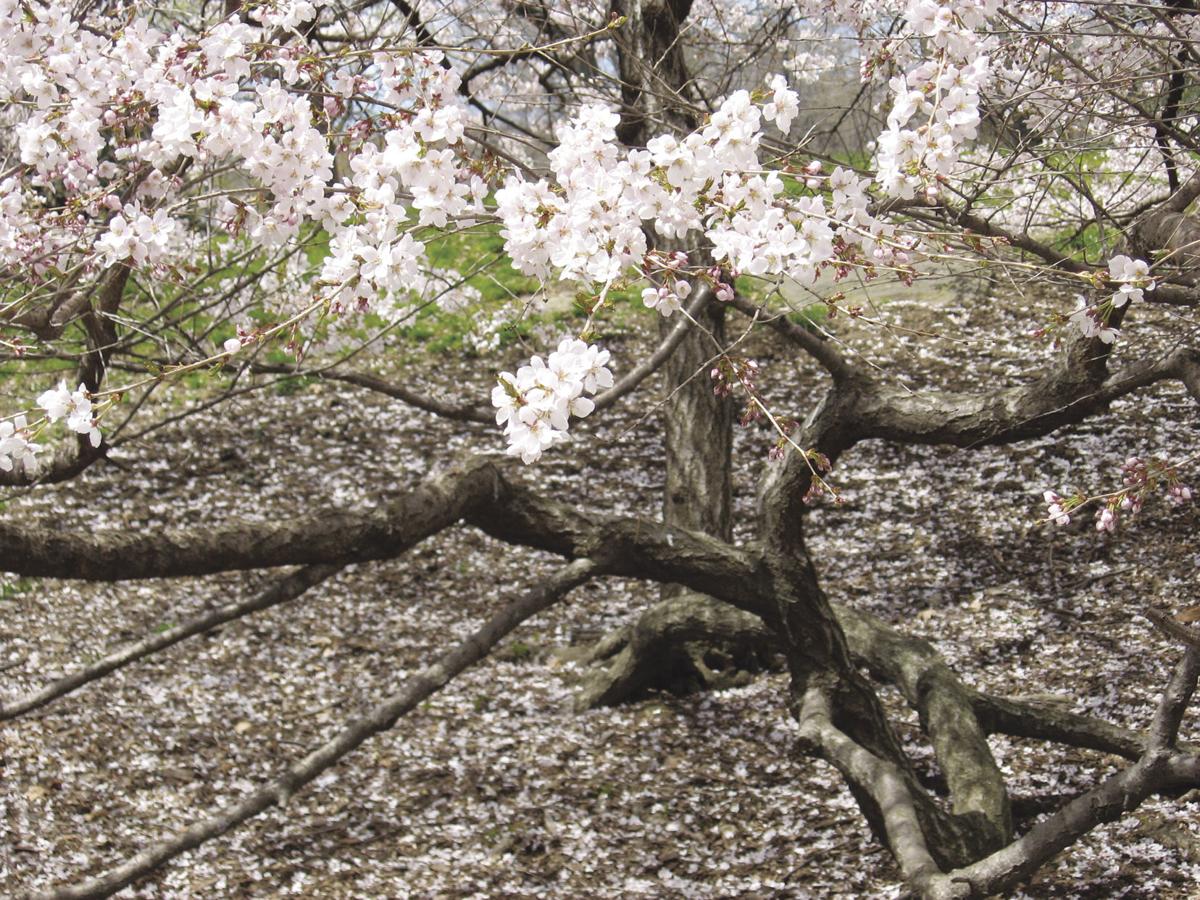The Arc of Life

Originally published in The Laconia Daily Sun ›
At the moment life appears to be one long run on sentence. Without punctuation. The days slip away. Filled with domestic chores, work, home schooling and the ever- present distraction of the news. Our routines, day after day after day, are beginning to seem oddly familiar. Too familiar. It’s disconcerting.
Until we pause and think about the arc of life. The cycles that define when we live, how we live and the influences that shape our lives. On Friday, 10 April, Barbara Whittemore Millar died at her home in Kittery Estates, Kittery Maine. My beloved Aunt Barbie was born on 20 June 1916 and would have celebrated her 104th Birthday in just a few months. As she once jokingly told me, when we were talking about her 103rd Birthday: “I don’t think there will be a celebration this year. At each decade point, 70th, 80th, 90th, 100th everyone gathered to celebrate thinking it might be my last. …” Then she laughed and smiled at me with a twinkle in her eyes.
She was born in West Plymouth, New Hampshire to Hazel Bowles Whittemore and Raymond Lee Whittemore. Rolland H. Spaulding was Governor of New Hampshire and Woodrow Wilson was the President of the United States. She was a small child when the 1918 Spanish influenza pandemic broke out. It has been estimated that approximately 500 million people or one-third of the world’s population became infected then.
After graduating from Plymouth Normal School, now Plymouth State University, Barbara became a first-grade teacher and taught in Lisbon, Claremont and eventually in Portsmouth. In Portsmouth she taught in the Atlantic Heights, Lafayette and Sherburne Schools from 1949 until she retired in 1976. Although she never had children, she was beloved by her students and by her nieces, nephews and eventually her 20 grand nieces and nephews and their spouses, and her 32 great grand nieces and nephews.
Aunt Barbie would not necessarily have remembered the Spanish flu, but she would talk about the wars, the one room schoolhouse she attended, Sunday drives in their Model-T and helping her mother and father on their farm. Her quiet laugh, elegant style, delicious muffins, pies and cookies, and concerned and caring nature, are a reminder to all of us, particularly now, that life goes on. Discoveries move us into the next era. Then another event triggers something that propels us forward again. New vaccines will be discovered. New ways of working will be developed. Architects will design buildings that accommodate lifestyles that may have shifted, in one way or another. It’s exciting to think about what our new, new routines might look like.
We have also been reminded during the last month that not only is life fragile, our planet is fragile too. Yesterday, we celebrated the 50th anniversary of Earth Day, first held on 22 April 1970, the largest organized event in our nation’s history celebrated in cities, towns and villages across the United States. I was in Manhattan. Fifth Avenue was closed to traffic. Mayor John Lindsay addressed the crowds from the steps of the New York Public Library. Rachel Carson had already reminded us there were two roads through her book Silent Spring (Houghton Mifflin Company/1962) published a few years earlier.
We stand now where two roads diverge. But unlike the roads in Robert Frost’s familiar poem, they are not equally fair. The road we have long been traveling is deceptively easy, a smooth superhighway on which we progress with great speed, but at its end lies disaster. The other fork of the road – the one ‘less traveled by’ – offers our last, our only chance to reach a destination that assures the preservation of our earth. …”
The forsythia is blooming, the daffodils are pushing through the earth. The days are warmer. Soon we can sit on the porch. Notices the butterflies. Swallows. Robins. Blue Jays. Even the little foxes that scamper about. Another season in the arc of our lives.
What stories we will have to tell about the spring the world closed down.